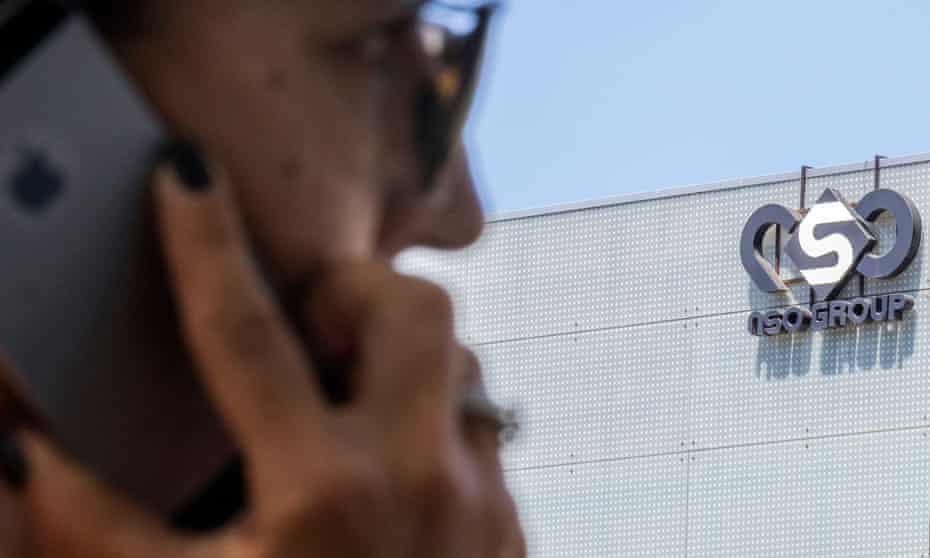Are companies with purpose-driven pledges accounting for slavery?
We need to do away with business management tools rooted in slavery to create a human-centred economy
The past 24 months have seen a significant increase in calls for social justice, and the business world has not been exempt. The public is demanding that companies be better corporate citizens, that they move people and the planet from the periphery to the core of how businesses operate. There’s no denying that a fundamental shift is happening. We saw it with BlackRock CEO Larry Fink’s 2019 Letter to CEOs, which famously declared that corporate “purpose is not the sole pursuit of profits.” Businesses are now expected to have an aspirational reason for being that extends beyond delivering profits to shareholders.
Despite the increased demand for purpose-led businesses, many corporate leaders continue to miss the mark on how to embed purpose into their organizations’ DNA. They’ve learned how to say the right things; they have been less effective at actually co-creating a better society. It may be tempting for a corporation to slap a statement of purpose on its website without transforming its business practices, but employees and customers are increasingly holding companies accountable for not following through. Big-ticket charitable donations for Black Lives Matter or encouraging employees to volunteer in their local community may make for feel-good headlines, but without deeper change they risk being derided as tokenistic marketing ploys – as was the case with a Pepsi ad pulled for co-opting the BLM protest movement.
To uncover why many companies are failing to embed social purpose into their business, we have to unpack the foundational systems used to do business, so much of which in North America is built on an economic system founded on slavery. In many ways, 21st-century business models echo the slave practices of generations past – so much so that we now call the worst corporate practices in distribution warehouses, on fishing vessels, in cocoa plantations and in sweatshops “modern slavery.”
The most striking parallel between slavery and contemporary business management can be found in the “task idea,” which 19th-century management pioneer Frederick Winslow Taylor described as “the most prominent single element in modern scientific management.” The task system is closely identified with Henry Laurence Gantt. Born to a slave-owning family in Maryland, Gantt developed a “task and bonus system,” which paired a flat task and a time wage with bonuses for overwork. It has a much longer history beyond Gantt and Taylor, and was one of the principal methods of organizing labour under slavery.
Management tools can separate us from our humanity.
—Caitlin Rosenthal, author, Accounting for Slavery
Contemporary business leaders are still trained to see “bonuses” as an essential management tool to reward overtime. The concept has been entrenched in our work culture across industries and has rarely been called into question. In the apparel industry, for instance, the concept typically drives the use of “piece rates,” where workers are often paid less than the legal minimum wage to try to meet gruelling production targets.
In addition to his task and bonus system, Gantt also developed a horizontal bar chart to track every worker’s progress for the day. The Gantt chart is still a popular scheduling tool, though business textbooks rarely highlight the slavery-era roots of these management systems.
“Our management tools can separate us from our humanity,” Caitlin Rosenthal told the Harvard Business Review. Rosenthal, a professor at the University of California, Berkeley, and the author of Accounting for Slavery: Masters and Management, studied account books from American plantations and found that slave owners developed management tools that are still in use today, including depreciation and standardized efficiency metrics – tools that “help maximize the value and the surveillance of human capital.”
“If you want to use those metrics for different purposes, then it’s going to be a difficult job,” Rosenthal added, calling it an “uphill battle to turn metrics produced to reveal profit into something that can help us to be more humane.”
Perhaps, then, we shouldn’t be surprised that today’s corporations are struggling to add social purpose on top of existing structures. That wasn’t the purpose of the modern corporation – companies aren’t built to be socially driven.
Fishing for change
In an era where employees and customers expect more from businesses, it may be time to reconsider how we incentivize labour. Giving employees an opportunity to make a difference at work, providing a platform that allows each employee to express their individual capability, and ensuring a collaborative environment to achieve more than each employee could do on their own are all things today’s business leaders must now see as a core element of their management strategy. Combining compassion with accountability can go a long way to creating a psychologically safe workplace and motivating teams.
Instead of a bonus program based on efficiency or overwork, how about a profit-sharing or stock-option plan? That was the thought process of Eileen Fisher, a pioneering designer who responded to an emerging contemporary feminist sensibility that demanded easy-to-wear professional clothing. In the 1980s, Fisher started a clothing company that shared her name, and as her success grew, she thought about what would happen to her company after she retired. At first, selling seemed like the best option. She tested out the viability of an IPO: “I remember being up on stage and looking out at a roomful of men in suits – no women wearing my clothes, no conversation about clothes. It was all about the numbers. It was really just about the money,” she told CNN last year.
Knowing that investor-controlled, capital-focused companies hinder leaders’ efforts to adapt to a world of finite resources and growing inequality, Fisher decided to sell shares to employees instead of going public, and today 40% of the company is held by its employee stock ownership plan (ESOP). Her decision allowed her to keep her company’s actions aligned to its purpose. Eileen Fisher was also one of the first clothing companies to offset 100% of its carbon footprint, and it’s become a pioneer in advancing localized, sustainable production.
In a world that is dynamic and hyper-connected, and where companies are being held accountable not only for outputs but, more importantly, how those outputs are achieved, are organizational charts still relevant? Employees often have hybrid responsibilities that make it difficult to categorize them on an organization chart. Shifting a business’s structure toward one that drives profit through purpose is an evolution that will require fundamental operating and cultural changes, and it’s a difficult first step to navigate.
Purpose-driven companies are thriving
One of North America’s original purpose-driven companies, Dr Bronner’s, has become a leader in the personal care industry, with more than US$120 million in sales annually, by staying true to its original mission of serving people and the planet. In Honor Thy Label, a book released earlier this year, the company’s vice-president of special operations, Gero Leson, details the challenges of building – and ethically scaling – organic, fair trade and, most recently, “regenerative organic certified” agricultural supply chains across the Global South when those supply chains did not yet exist. The company motto of “all-one!” has permeated its business model in which social responsibility and environmental consciousness serve as uncompromising components of corporate structure, both in its global supply chains and at home in California. In a country where the median CEO-to-worker pay ratio exceeds 300 to 1, Dr. Bronner’s capped CEO salaries at five times that of their lowest-paid workers, who make a minimum wage of $18.71 an hour in a state where the minimum wage is $14.
You can call almost anything ‘purpose-aligned.’ We [prefer] ‘purpose-driving.’
-Maureen Young, director, Coast Capital Savings, Social Purpose Office
In Canada, where B.C.’s Coast Capital Savings is expanding its footprint, the credit union is leaning into social purpose, placing it firmly at the centre of its business strategy as it grows into a national organization. On top of the 10% in profits that Coast Capital Savings already invests into its communities, it’s applying a purpose lens to everyday business decisions, putting programs, initiatives and products into three categories: purpose driving (helping to advance the social-purpose economy), purpose neutral and purpose contra (or detracting from their mission).
“We initially used ‘purpose aligned’ as opposed to ‘purpose driving’ and quickly realized it was a weasel word,” says Maureen Young, director of Coast Capital Savings’ Social Purpose Office. “You could call almost anything purpose aligned. We eventually landed on purpose driving – placing an emphasis on maximizing purpose-driving actions and surfacing purpose contra and addressing them quickly.”
Corporate leaders that do the hard work of tying social purpose to all aspects of business with committed leadership and financial investment have generated sustained results, stayed relevant in a rapidly changing world, and deepened ties with stakeholders. The 2018 Global Leadership Forecast found that firms without a sense of purpose underperform the market by 40%, while purpose-driven companies outperform the stock market by 42%.
The future is tenuous but also ripe with opportunity for those who understand the need to truly connect with stakeholder expectations and are not afraid to turn business-as-usual on its head to create a human-centred economy. This may now seem like an option, but soon it will be the only way forward.
Shilpa Tiwari is executive vice-president of social impact and sustainability at Citizen Relations and the founder of Her Climb.















